Have you ever wondered how your smartphone may unlock itself using your face or fingerprint? Or, how can certain airports verify your identification by scanning your iris or palm? These are some examples of biometric security systems.
The biometric security system is rapidly gaining popularity and adoption in various industries, from banking to law enforcement. Ahead, we will explore a complete guide to understanding the fundamentals of biometric security systems, including types, benefits, examples, advantages, and disadvantages. Read on!
What is Biometric Security?
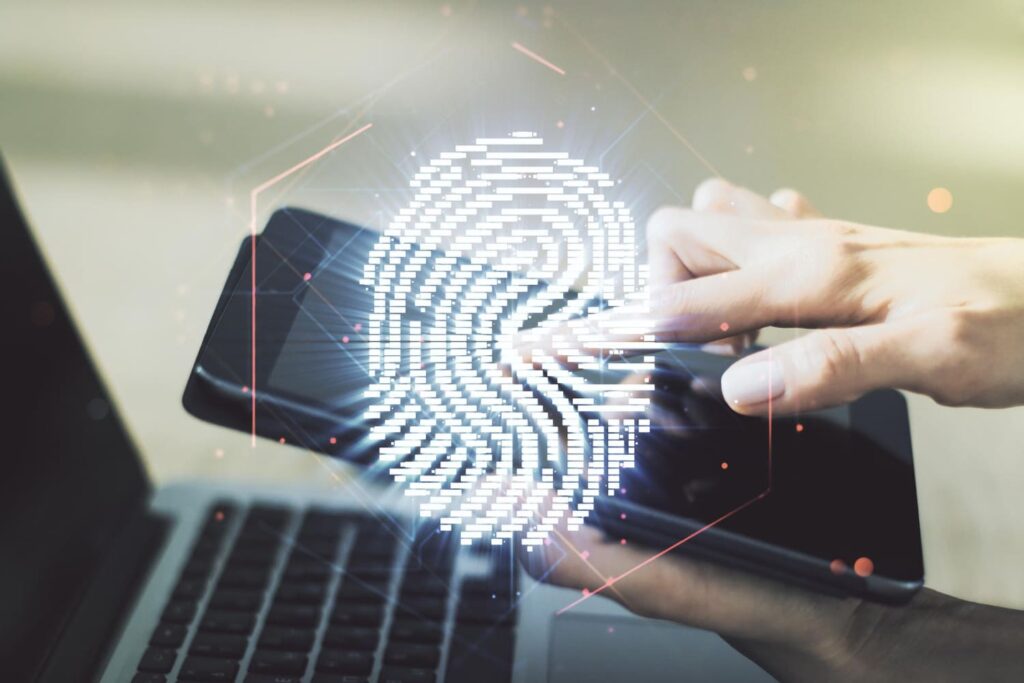
Biometric security refers to the use of biometric data stored in a database for recognition, access control, and authentication. This technology identifies people automatically based on their distinct physical or behavioral features to verify their identity.
Biometrics Institute reveals there are 176M Americans who utilize facial recognition technology. On top of that, they expect the global biometric system market to hit almost $68.6B by 2025. This number shows that this system is widely employed worldwide.
What is a Biometric Security System?
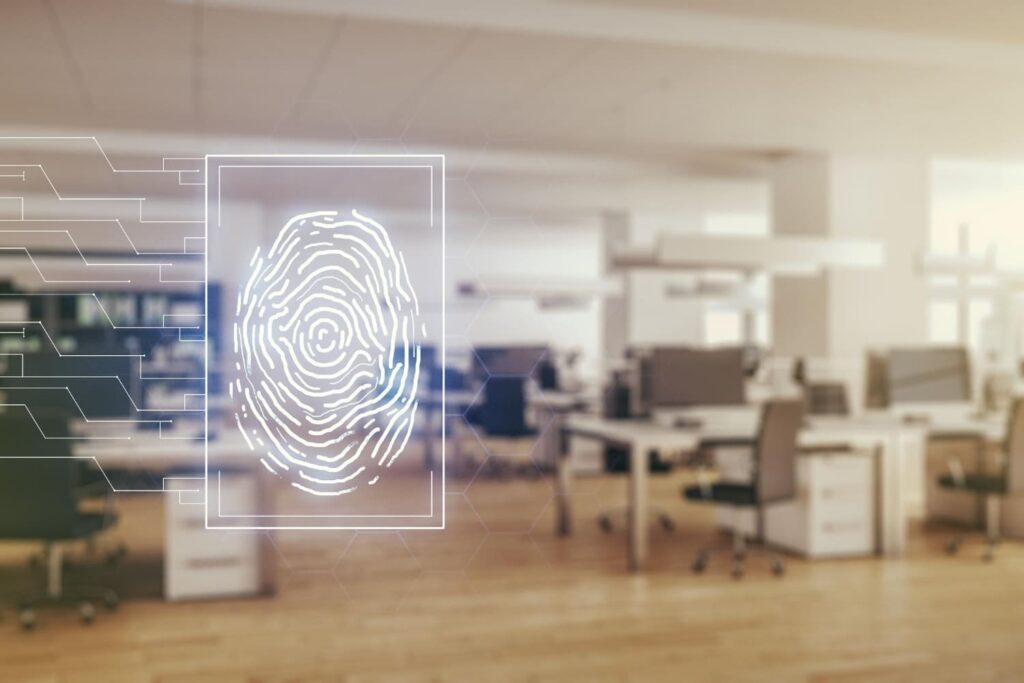
Familiar with facial recognition, fingerprint scanning, iris recognition, voice recognition, and heart-rate sensors? These are some examples of biometric security systems.
This system is employed across industries. In the healthcare industry, for instance, it may be used to identify patients with health insurance programs. On the other hand, the airport security industry takes advantage of the system for passengers’ iris recognition.
What Benefits Do Biometric Security Systems Offer?
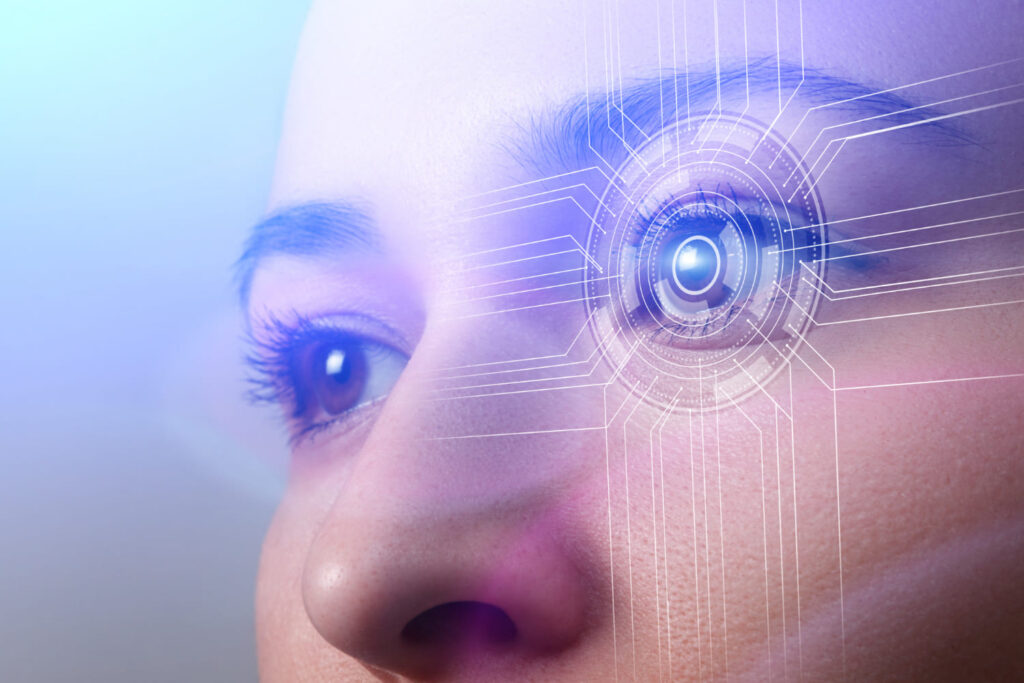
There are several benefits of using biometric security systems, including:
Improve Convenience
Unlike traditional means of authentication such as passwords, PINs, or cards, biometric security systems do not require users to memorize or carry any information. As a user, you may simply utilize your body parts, such as your face, fingerprint, or voice, to access your devices, accounts, or premises. This makes authentication faster, simpler, and more user-friendly.
Strengthen Security
Another benefit of this system is the layers of security it comes with. This multifactor verification helps prevent the possibility of losing, forgetting, or sharing passwords or cards, which might jeopardize security and privacy in certain situations.
Types of Biometric Security

Biometric security comes in various kinds, with different software or hardware. Each type determines how the system will verify someone’s identity. Here are the three types of biometric security:
Physical
Physical biometrics involves the recognition of physical characteristics, like hands, facial features, voices, or irises. For example, the iPhone’s Face ID biometrics captures a depth map of the user’s face and uses it to unlock. On the other hand, Samsung’s Fingerprint sensor provides a secure way to unlock the phone.
Biological
Living up to its name, this biometric type uses biological characteristics to identify users. The most common biological feature used is DNA, sampled from blood, hair, or saliva and typically used in criminal proceedings.
Behavioral
Behavioral biometrics analyzes patterns or parameters, such as typing speed, gyroscope position, typing keystrokes, and navigational patterns. AI will later analyze these unique trait data to identify individuals.
How Biometric Security Works
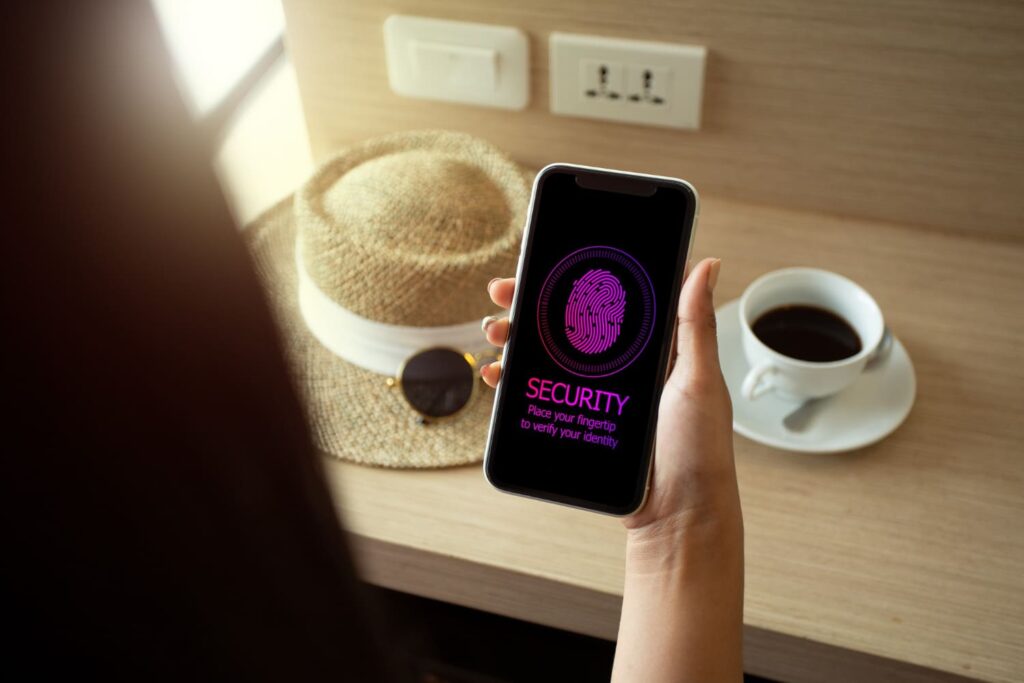
Biometric security systems work by comparing a user’s biometric data to a previously mapped template. Biometric data can be collected by hardware with a sensor, such as a camera, microphone, or scanner, and then processed by an algorithm that extracts and transforms significant features into a numerical code.
The code is then compared to the template, and if the similarities are above a particular threshold, the user is safely authorized. The matching procedure might be performed locally on the user’s device, remotely on a server, or in the cloud.
Examples of Biometric Security
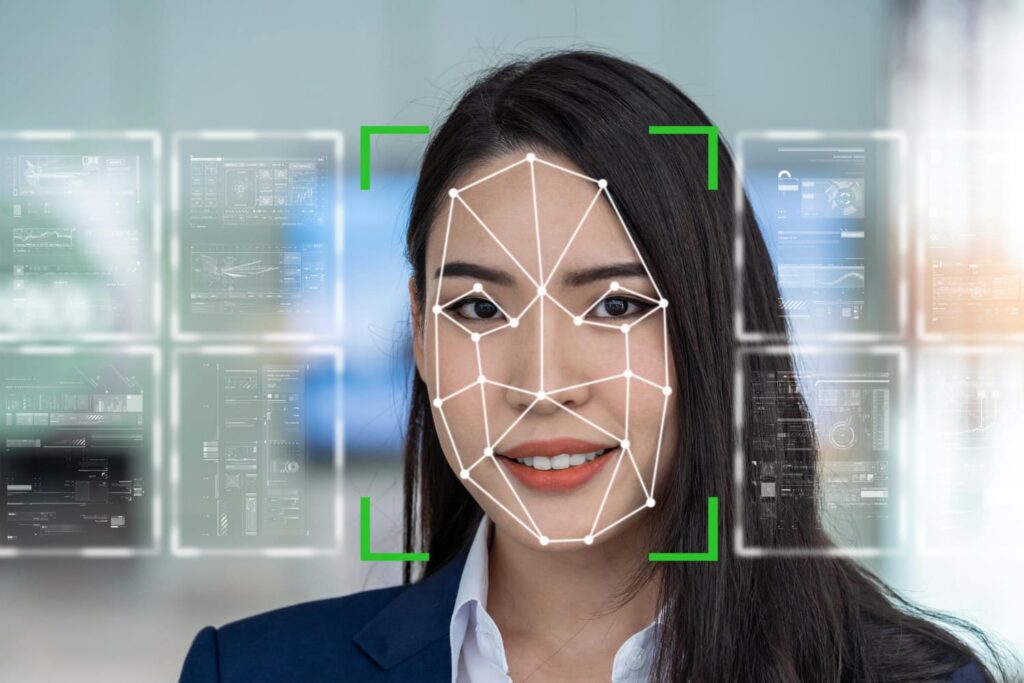
Here are some of the most popular biometric security:
Fingerprint Scanning
You may stumble upon this security in smart door locks, smartphones, bank transactions, or secure facilities access. It works by capturing the unique patterns of ridges and valleys on the user’s finger using optical scanners. However, there are other scanning methods, such as capacitive, ultrasonic, or thermal.
Facial Recognition
Who doesn’t know Face ID? This biometric authentication system by Apple is one of the most well-known in the market. Basically, the scanner captures an in-depth mapping of the user’s facial structures to authenticate when unlocking. Other face recognition models available are Amazon Rekognition, DeepFace, Face++, and Cognitex.
Iris or Retina Recognition
Biometrics Institute states that iris or retina recognition is often used for airport e-gates. The new version of this technology even scans passengers’ eyes as they walk past the gate. Similarly, several law enforcement agencies also use this technology in addition to a face and fingerprint scanner.
Finger and Hand Vein Recognition
Well-known as vein matching or vascular technology, finger vein biometrics is another advanced method. It works by analyzing blood vessel patterns visible on the finger surface. Using near-infrared light, it captures images of the veins. The scanned blood flow adds to the layers of security.
Voice Recognition
Voice recognition records the user’s speech, either with a passphrase or free speech, and then analyzes its acoustic properties, such as pitch, tone, timbre, and accent. It may be utilized in various apps, including accessing voice assistants, making phone calls, and confirming online transactions. However, several factors can impact the results, such as background noise, health issues, and emotions, all of which reduce speech recognition quality and accuracy.
Advantages of Biometric Authentication
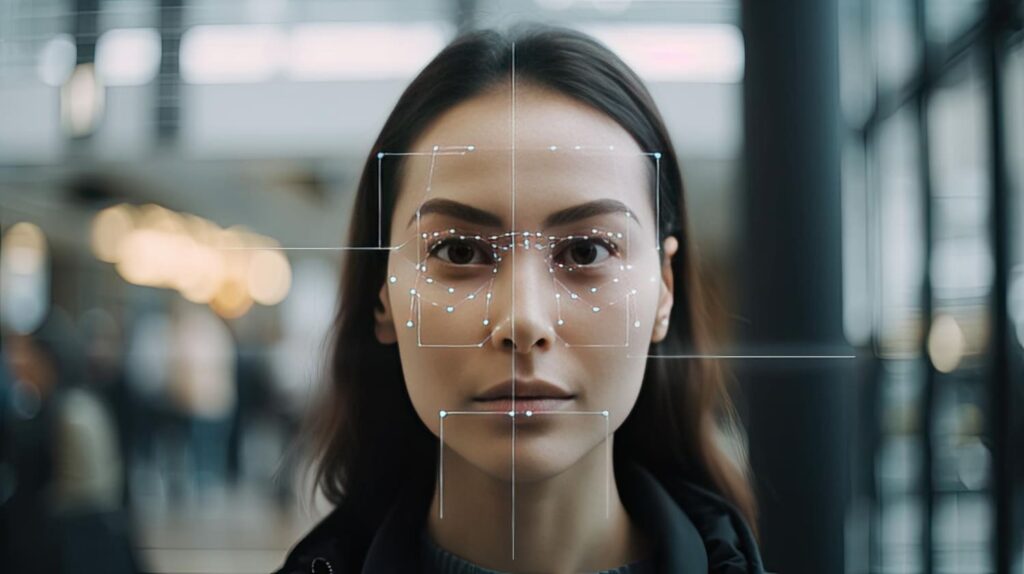
The implementation of biometric authentication brings several advantages, including:
Convenient User Experience
Unlocking phones without typing anything on the screen? Or placing a finger to access a building? These conveniences are what biometric authentication offers for the users; they’re swift and save time. On top of that, users don’t need to carry or remember any password; they are the password themselves!
Non-transferable
Biometric authentication requires users to present themselves physically; it is non-transferable nor shareable. This adds layers of safety since one user holds one unique access.
High Security and Assurance
Again, since biometric authentication is non-transferable due to its physical presentability requirement, it enhances the security and assurance for the users. This process adds a roadblock for fraudsters to access personal data unauthorizedly.
Spoof-proof
With current technology, biometric data are still hard to replicate since they are uniquely different from one user to another. For instance, iris patterns are a far more accurate identification than fingerprints since they have an intricate web of muscle fibers and tissue. Well, fingerprint replication alone is already challenging, so it must be near-impossible to replicate iris patterns.
Disadvantages of Biometric Authentication
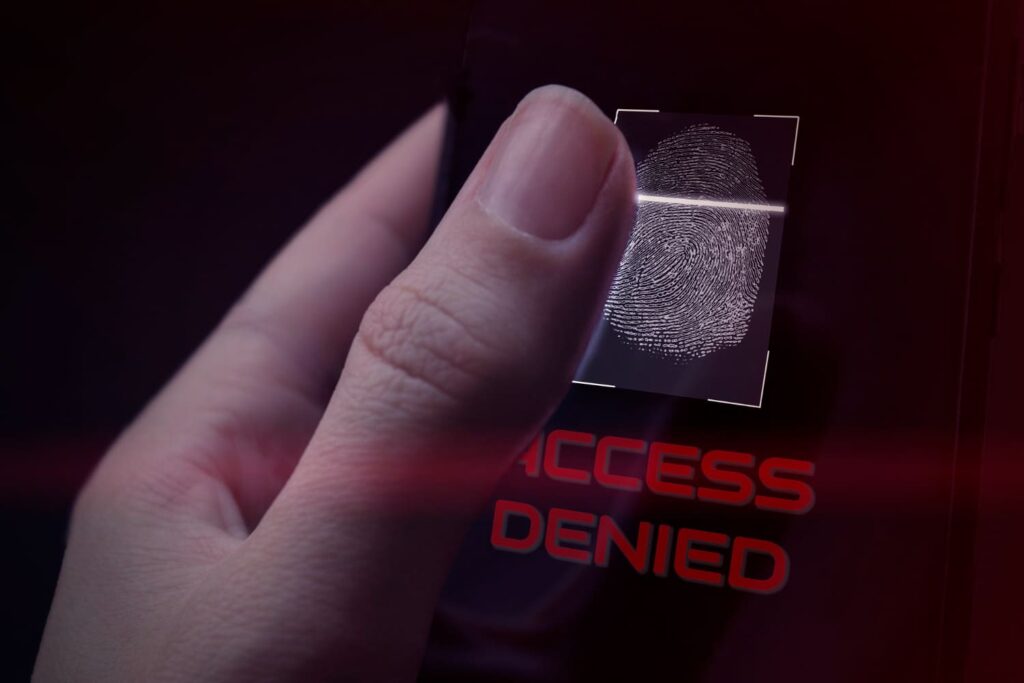
With all the benefits you can reap from biometric authentication, there are also several drawbacks to this technology.
Data Breaches
Data breaches can target anyone, from small-sized organizations to big ones. A report reveals there were 2,814 data breach incidents in 2023 alone. Therefore, it is a must for organizations to put extra guard on sensitive biometrics data to prevent fraud, especially since biometrics data is irreplaceable.
Costs
Research estimates that the cost to purchase biometric security system hardware ranges from $20,000-$100,000, depending on the company size and the technology. These numbers are only the starting point; they don’t include the development, installation, legal compliance, and more. While it may sound affordable for large-sized companies, the cost may burden small-sized organizations.
Tracking and Data
As we live in a world where privacy is often taken for granted, the risk of biometrics data tracking is also considered a drawback of this technology. In many cases, there are organizations that run scarily accurate facial recognition programs to identify someone. Under this surveillance, users’ privacy must be safeguarded to prevent risks of unauthorized use of permanent digital records.
False Positives and Inaccuracy
At the end of the day, biometric authentication is just another technology. It may result in false positives and inaccuracy. For instance, fingerprint biometrics technology only utilizes partial parts of initially fully scanned fingerprints to verify identity quickly. This widens the gap in authentication success rate.
Bias
Bias can develop due to various reasons, including the quality of the biometric data, the biometric algorithm design, or a lack of diversity in the biometric database. As a result, it can lead to increased rates of mistaken rejection or acceptance for some users, jeopardizing the biometric system’s security and usefulness. On top of that, it can also cause ethical and societal problems, such as discrimination, exclusion, or stigmatization of specific users.
Frequently Asked Questions
How do biometric security cameras work?
Biometric security cameras work by capturing the faces of people in a scene and comparing them with a database of previously mapped faces to identify or verify them.
How safe is biometric security?
Biometric security is generally safer than other methods of authentication, as it is harder to forge, steal, or guess biometric data. However, biometric security is not foolproof, as it can be vulnerable to hacking, spoofing, or bias.
How do you ensure you remain protected?
To ensure you remain protected, you should use a reliable and trusted biometric system, choose a strong and diverse biometric feature, and protect your biometric data from unauthorized access or misuse.
Conclusion
From the widespread adoption of facial recognition to the intricate workings of iris or retina recognition, biometric technology offers a diverse range of solutions. They not only provide a convenient and swift user experience but also enhance security by being non-transferable and spoof-proof.
However, as with any technology, there are challenges, including concerns about data breaches, costs, privacy, and potential biases. Despite these drawbacks, the continued advancements and widespread adoption of biometric security systems underscore their significance in various industries.
If you’re interested in how a biometric security system can benefit your company, contact us at Fluxgate for professional assistance!
